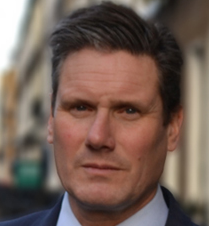Ian Murray – 2016 Parliamentary Question to the Department for Energy and Climate Change
The below Parliamentary question was asked by Ian Murray on 2016-02-02.
To ask the Secretary of State for Energy and Climate Change, what modelling was used when calculating a new rate of return of 9.2 per cent from hydropower with reduced feed-in tariff levels.
Andrea Leadsom
The modelling used to deliver a rate of return of 9.2% is based on discounted cash flows of a hydro plant’s cost and revenue streams, which is the approach often used by investors to evaluate opportunities. The capital and operational costs are calculated over the expected lifetime of the project and are compared with the expected revenue streams of a well-sited installation. The generation tariff makes up the difference over and above the income streams that a plant would need to hit its target rate of return. The rate of return is achieved based on a project having an average (median) capital and operating cost, and a high level of generating output (higher than average load factor). The level of return is aimed at attracting those investors with lower hurdle rates, such as individuals, communities and small scale organisations, which the FITs scheme targets.
The impact assessment, published alongside the response to the feed-in tariffs review, sets out in more detail how rates of return were calculated:
“

